Spider mite on tomatoes and the fight against it
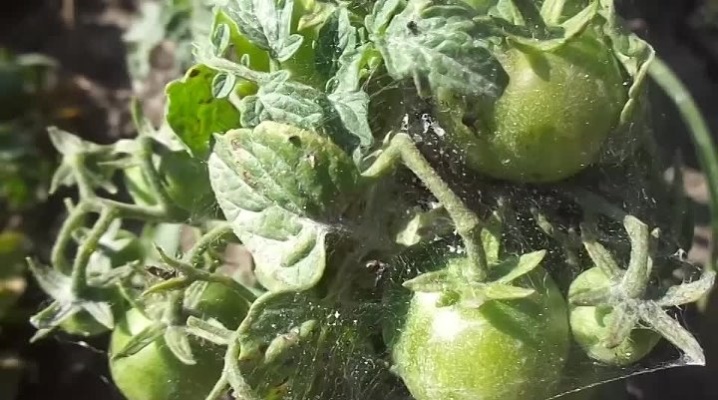
Spider mites are a big problem for many summer residents and their plantings. Why this pest appears, and how to deal with it, we will tell in the article.
Description of the pest
Spider mites are a frequent visitor to the greenhouses of summer residents. It can often be seen on tomatoes, cucumbers, strawberries, eggplants and some flowers. He is capable of causing tremendous harm to plants.

This pest is difficult to notice at the beginning of its appearance. It is small and looks like a small dot, the size of which is no more than 2 millimeters. Often, to find it, summer residents examine the plants using a magnifying glass.
The color of the spider mite body can be red, green, yellow or orange. Its larvae are distinguished by the fading of their colors, it will also be difficult to notice them.
Noticing the appearance of a spider mite on your plant, you need to urgently fight it. Indeed, in a short time period, this pest can lay about 500 new eggs, especially since the greenhouse is an ideal place for its reproduction, due to the high temperature and low humidity.
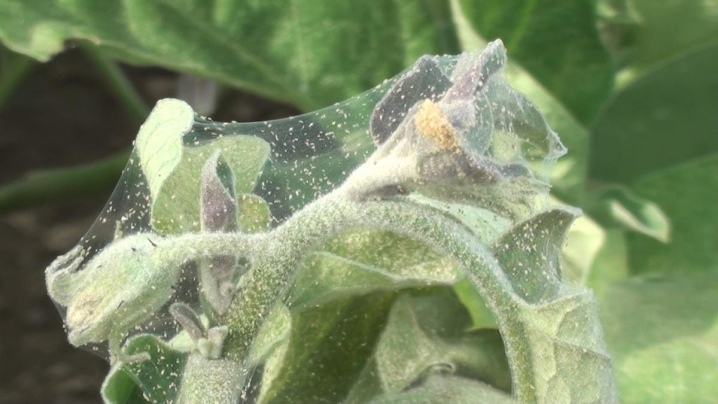
Besides, due to the attacks of this pest, new diseases are formed in the plant. They disrupt the process of photosynthesis, and also a decrease in immunity occurs, which increases the chance of picking up new viruses. All this has a detrimental effect on the condition of both the fruit and the planting itself.
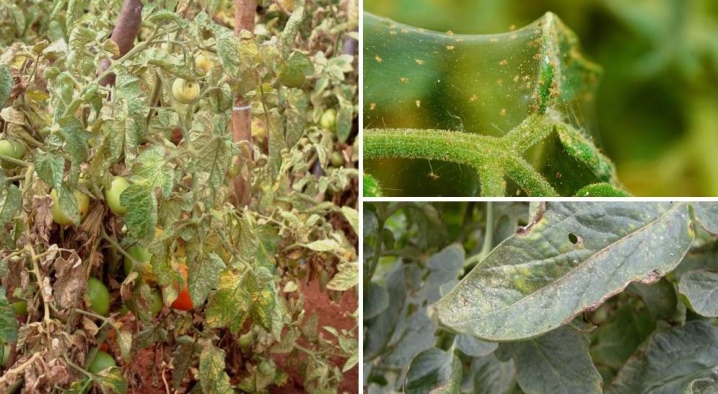
Reasons for the appearance
Spider mites can appear on tomatoes both in the greenhouse and outdoors. Most often this happens due to the fact that the summer resident acquires already knowingly infected seedlings, in which there are larvae. It is difficult to notice their presence immediately, due to the fact that the tick can reliably hide from prying eyes either in the ground or deep in the leaves.
In addition, it can also arise due to the fact that the land plot on which the planted plants are located has already been infected, that is, the pest on it has previously parasitized, and then simply hid in the ground or in the remnants of the harvest of last year in anticipation of the best times.
This also happens, because getting rid of a tick is not easy. To prevent this from happening, you need to heal the earth using certain preventive methods.
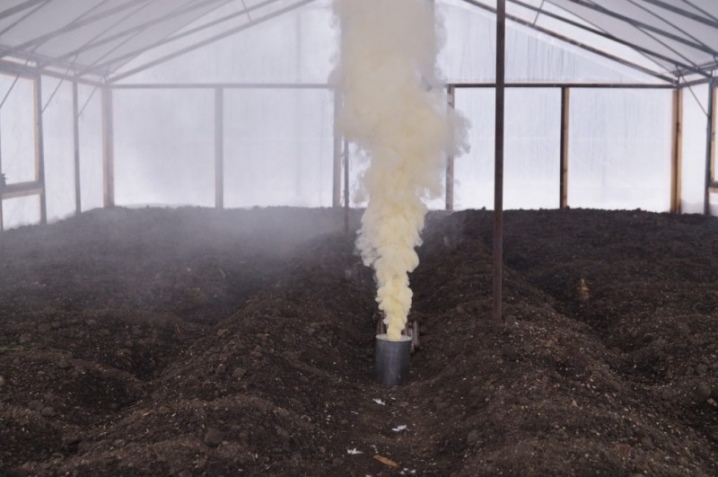
A spider mite also appears in areas where many wild flowers and various weeds grow, on which it loves to parasitize so much.
Most often it can be found in greenhouses, which occurs due to the high temperature and lack of movement of air currents.
A spider mite can appear quickly, but getting rid of it and treating the plants affected by it will take much longer. And therefore you need to pay great attention to both processing plants and checking them for the presence of this pest.
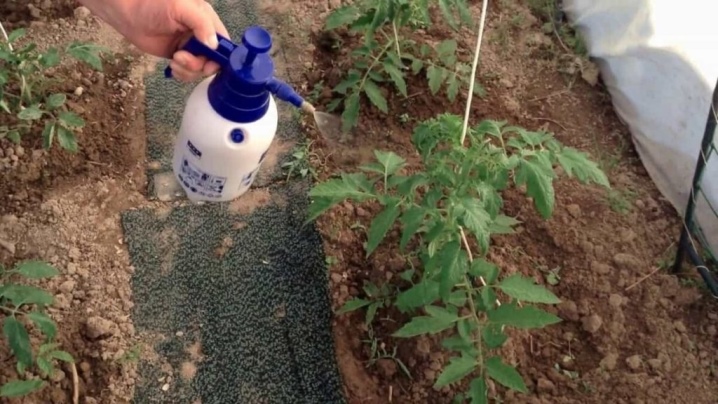
Signs of defeat
At first, it will be somewhat difficult to find out that a spider mite has wound up on the plant, due to the fact that its size is scanty. However, you will soon be able to determine this by the condition of the crop and its leaves. The tick infects the plant by feeding on its cells and depleting its supply of nutrients. In the end, it stops growing and soon dies.
It is possible to determine the presence of this gluttonous pest on your plant for a number of factors.
-
Discolored spots on the sheets. Gradually, their colors cease to be monochromatic.
-
The appearance of small transparent dots on the leaves. Their drying and falling off.
-
The appearance of a thin web, which is the result of the process of his life.
To find the tick itself, you have to try very hard, since its size is small. To do this, you need to carefully examine each sheet, namely: its lower side. This process is quite time consuming, but this way you can definitely protect your plants and notice the pest in time.
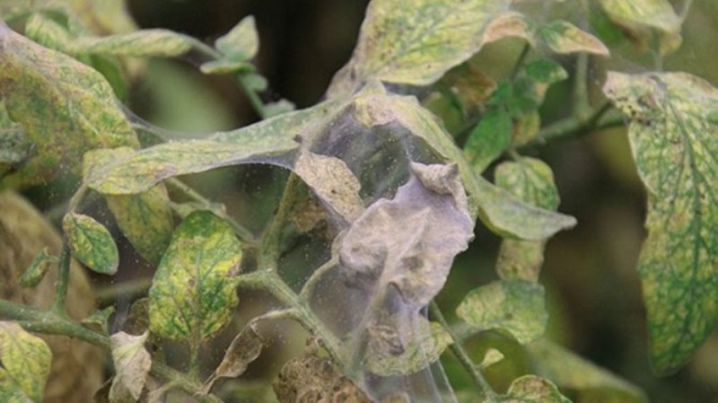
With what help to fight?
Chemicals
The use of such means is most often resorted to only if there is no other way out. They are highly toxic, which, if used incorrectly, can harm the environment, the plant, and if safety rules are neglected, even humans.
However, despite all this, chemicals are highly effective in the fight against ticks. They are often sprayed with plants, treated greenhouses before planting them.
Usually, in order to use chemicals, they buy several drugs with different compositions at once. Spraying the plant once to completely get rid of the tick will not be enough, and treating the plant with the same agent several times is pointless, since the spider mite quickly develops addiction to them.
Among the chemicals, the most effective and most in demand are the following:
-
Actellik;
-
Oberon;
-
Flumite;
-
Aktara;
-
"Nissoran".

It is necessary to carry out processing with such means depending on the weather conditions and climate in your area. In scorching sun and heat, for example, plants should be treated at least once a week. This is done most often either early in the morning before sunrise, or in the evening after sunset, so that the substances do not evaporate too quickly. At the same time, resorting to the help of chemicals, it is imperative to use gloves, a mask, a dressing gown and glasses so as not to harm your health.
In addition, such funds cannot be used during the fruiting period. The fruits after such processing are unlikely to be edible.
Biological agents
These drugs have many benefits. They are not harmful to humans, fruits, the environment and beneficial insects. It is permissible to use them during the period of active appearance of fruits, but the effect of their action may not be as fast as that of chemical preparations.
Among such funds, summer residents especially distinguish the following drugs:
-
Aktofit;
-
"Kleschegon";
-
Fitoverm;
-
"Craft".
In addition, you can resort to using phytophages - this is the name of a variety of predatory mites that eat spider pests. You can buy them at any store that is associated with gardening. The effectiveness of such a tool is very high; if used correctly, they can save you from 90% of pests!

Traditional methods
These funds are less costly, they take a variety of components that can only be found at hand. If you use them together with chemical or biological agents in the fight against spider mites, the result will not be long in coming. We present an overview of the most popular folk remedies in the fight against ticks.
Alcohol
You will need 2 tablespoons of 96-98% alcohol and a liter of water. All this needs to be stirred, after which the plant can be sprayed. Plants need to be treated for greater effect several times at intervals of a week.

Aloe
You will need the juice of this plant, squeezed out of 2 kilograms of its leaves, 10 liters of water and 25 grams of soap shavings. All this must be thoroughly mixed. Spraying with such a solution can be carried out all season at intervals of a week.
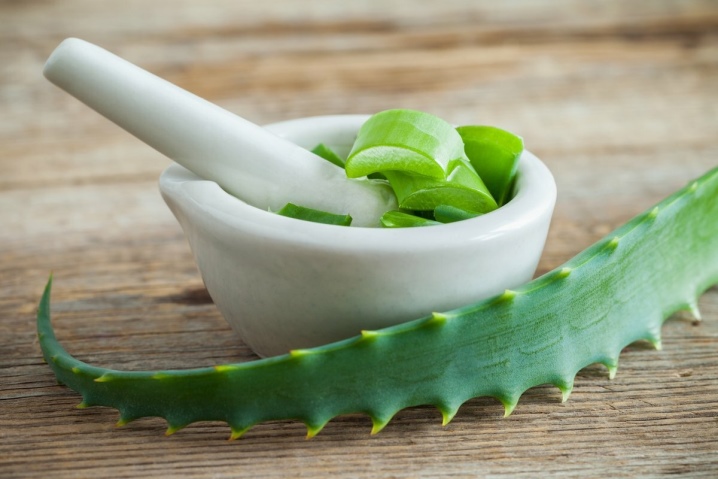
Onion
This solution will require 200 grams of husk and 4 liters of heated water. The components must be mixed, and the solution must be allowed to infuse, which will take about 5 hours. For to get rid of pests, treatment should be carried out with this tool once a week.
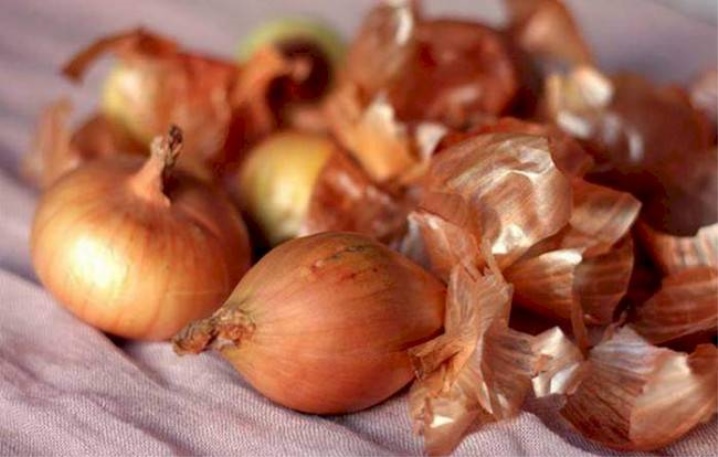
Tobacco
For this solution, you will need 400 grams of tobacco leaves and several liters of water. Mix the ingredients and let it brew for about a day, after which the plants can be processed.
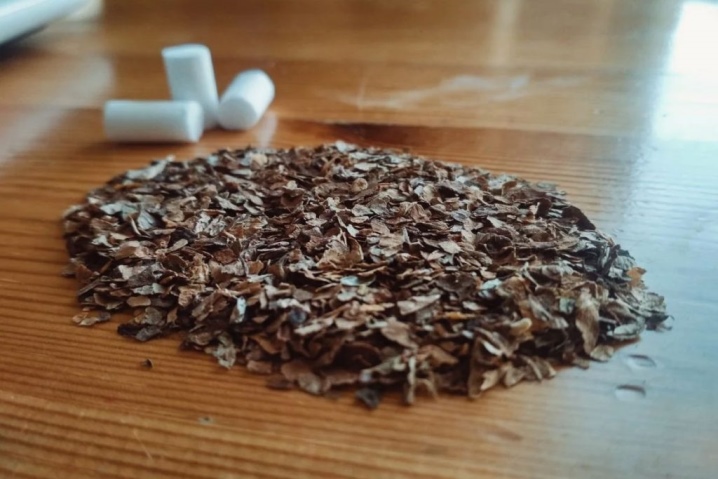
Agrotechnical control measures
To prevent the appearance of spider mites on your plants and ultimately enjoy a large number of fruits, you need to carefully look after the greenhouse.
Try to inspect plants for pests as often as possible. Remove affected leaves. It will be best to dig up infected bushes so that the infection does not spread further.
Monitor the conditions inside the greenhouse. Track temperature and humidity. The spider mite does not tolerate a large amount of moisture and does not treat low temperatures well - in the presence of such conditions, it is unlikely to stick into your greenhouse.
Be sure to disinfect the greenhouse after harvesting in the fall, as this insect can hide in the ground while waiting for wintering. In autumn and at the very beginning of spring, it is recommended to dig up the earth layers in order to stop the spread of pests.
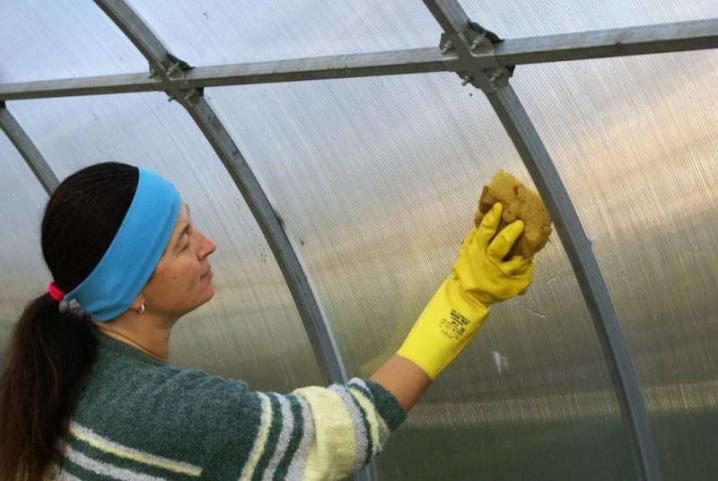
Prophylaxis
In order to avoid the appearance of a spider mite on your beds, you should pay great attention to preventive measures.
Initially, carefully inspect the purchased seedlings to avoid contaminated plants.
Burn the affected foliage of the plantings, do not use it for fertilizers or anything else. Thus, you can stop the emergence and development of larvae.
Weed and loosen the soil regularly, remove all excess vegetation such as weeds, since it is on them that this pest most often begins to appear.

Plant your tomatoes so that there is a certain distance between them. In this case, even if the tick starts, it will be difficult for him to destroy all the plants because of the difficulties with moving between the bushes.
Pay attention to fertilizing your plants. It is best to use those that contain phosphorus. The spider mite hates it, and therefore the more phosphorus is in the soil, the better it will be for you and your plants. The pest is unlikely to be able to live on such plantings. In addition, do not forget about other substances that tomatoes require. They help to strengthen the plant, thereby increasing its resistance to various pests and diseases.














The comment was sent successfully.